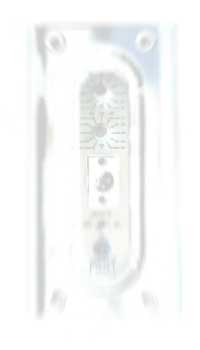

Human hearing is very familiar with sounds that we hear often, such as human voice, common musical instruments and sounds of nature. Any imperfection in sound reproduction is most easily heard when listening to those sounds, as we know exactly what the original actually sounds like. Ideally, only one loudspeaker driver should be used to cover all fundamental familiar sounds, and additional specialized drivers to assist in lower and upper harmonics.
Very low frequency sounds are physiologically not heard the way higher frequencies are heard; as a consequence our hearing ability in that spectrum is very poor in terms of sensitivity and recognition of distortion. Still, that low spectrum is very important for accurate sound reproduction. Musicians often use low spectrum for dramatic expressions or just rhythms. We may associate low frequency demands with modern electronic music, but even hundreds of years ago low register of pipe organ and tympani were used for "sound effects" in the same way synthesized sounds are used today.
At the other spectrum end, very high frequencies form a portion of sounds, most of times as upper harmonics of high-pitched natural sounds. Therefore, very high frequencies are important for complete and accurate sound reproduction as well.
It is obvious that all full-range loudspeakers must be capable of reproducing the full sound spectrum, 20Hz to 20kHz, otherwise sound information present in original would be missing in reproduction. Obvious it is, but unfortunately current industry practice it surely is not.
Foundation #2: All DanA full-range loudspeakers must reproduce frequency range from 20Hz to 20kHz within in order to be capable of reproducing full content of the original recorded sound. Crossover is not to be employed within frequency range that covers common familiar sounds, such as human voice and most instruments, in order to avoid driver interaction and distortion within that crucial spectrum.